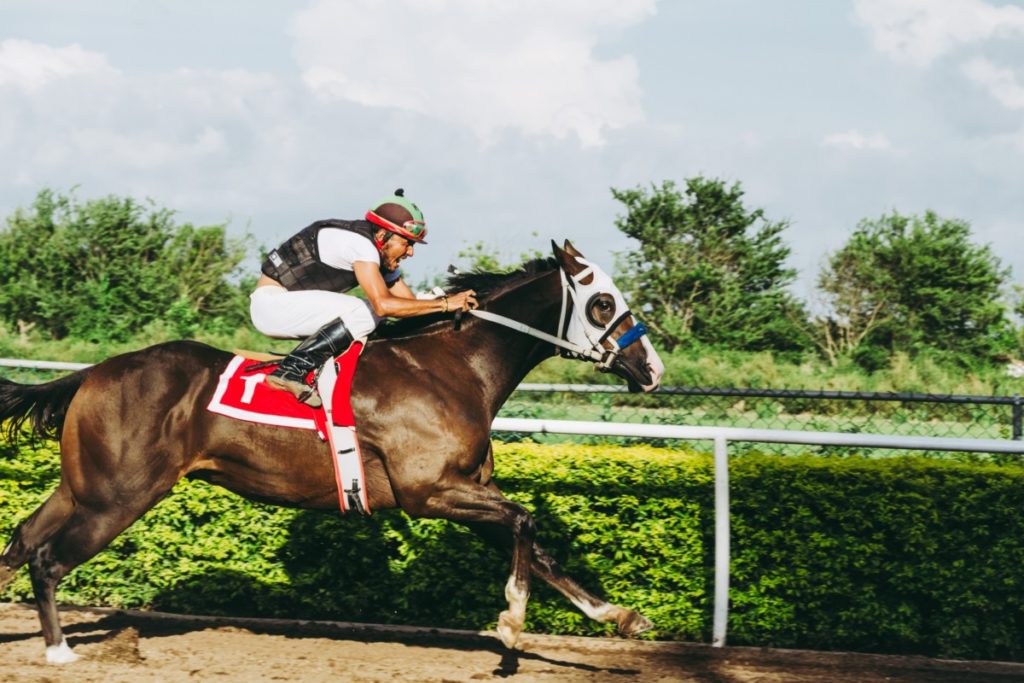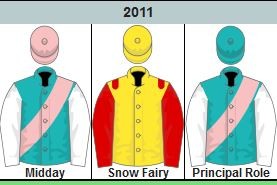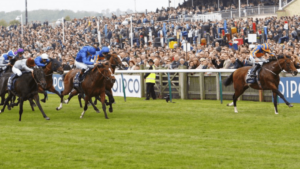 The thrill of horse racing captures imaginations young and old. While the swiftness of the horses commands attention, there are myriad factors that influence who crosses the finish line first. The anatomy of a winning racehorse encompasses more than just speed. An interplay of genetics, training, strategy, and care propels these majestic creatures around the racetrack.
The thrill of horse racing captures imaginations young and old. While the swiftness of the horses commands attention, there are myriad factors that influence who crosses the finish line first. The anatomy of a winning racehorse encompasses more than just speed. An interplay of genetics, training, strategy, and care propels these majestic creatures around the racetrack.
The Pedigree Puzzle
A racehorse’s pedigree provides key insights into their potential performance. Trainers carefully study a young horse’s bloodline seeking clues into inherited traits like stamina, speed, and temperament. Prominent sires and accomplished dams are highly sought after, with the expectation their offspring will carry forward these talents. Even seemingly small lineage details – like tendencies towards injury or longevity of racing career – carry weight when planning a horse’s future. Just as talent runs in some human families, genetics loads the dice for equine success. While training and opportunity play a role, the puzzle of pedigree gives trainers a starting point for developing future champions.
The Role of the Jockey
Perched atop a 1,000 pound animal galloping at upwards of 40 miles per hour, the jockey plays a daring and decisive role. The body language between horse and jockey demonstrates the depths of communication, trust, and strategy between this pair. Before the starting gates open, it’s the jockey’s job to read their mount’s energy and mood that day. Once underway, split second judgements influence when to move up through the field or pull back to conserve fuel in the tank. Finding the right jockey – one who truly connects with and understands the horse – is a make-or-break decision. This rapport and teamwork allows the duo to fluidly navigate challenges during the peak pressures of a race.
Training Regimens and Techniques
Long before spectators fill the stands, racehorses embark on rigorous training schedules designed to build fitness and skills. Miles of galloping, swimming, and specialised equipment strengthen muscles and stamina. Trainers continually tweak techniques in response to a horse’s abilities and progress. Just as human athletes follow training regimens suited to their sports, each horse’s program aims to bring out their peak potential on race day.
Nutrition and Recovery
To complement training, racehorses follow finely tuned diets optimised for health and performance. Complex carbohydrate-rich meals provide energy for demanding training and racing. Targeted nutritional supplements support joints, hooves, digestion, and more. Access to high quality, palatable food and clean water ensures horses can perform at their best. Beyond diet, recovery is paramount. Icing limbs, massage, and comfortable housing gives hard-working muscles and joints time to repair and strengthen. These pillars of nutrition and recovery allow horses to thrive under strenuous conditions year after year.
Reading the Tracks and Weather
Track surfaces range from unwilling dirt to perfectly manicured grass. Likewise, weather introduces challenges like heat, humidity, and rain. Trainers meticulously evaluate these conditions when entering horses in races. For example, a heavy rain before the Kentucky Derby turns the dirt surface to mud – a variable favouring some horses over others. Or an east coast horse ships west to run the first race of their career on an unfamiliar sandy track. Just as football strategy adapts to snowy fields, trainers factor ground and weather into race plans.
Analysing Performances and Patterns
Handicapping a horse for an upcoming race involves more than speed statistics. Trainers rewatch past race footage analysing nuances in their horse’s performances, responses, and tendencies. Physical factors like injuries and conditioning integrate into these assessments. Additionally, insights about behaviour like anxiety on race day or aggression mid-race help inform strategy adjustments. Just as a seasoned enthusiast might utilise horse racing betting tips to predict outcomes, trainers and jockeys analyse past races to strategize for upcoming events.
In the complex world of horse racing, winning stems from far more than raw speed or power. Meticulous pedigree selection, outstanding care, adaptive training, race course savvy, and other intricacies blend to create champions. When graceful horses and determined humans come together as a team, the majesty of this sport shines through. For enthusiasts new and old, appreciating the finer points of this athletic artform adds richness at the track and beyond.
 Established in 1840, the Nassau Stakes was named by Charles Gordon Lennox, Fifth Duke of Richmond, to reflect his close ties with the House of Orange-Nassau, which survives today as the Royal House of the Netherlands. Elevated to Group 1 status in 1999, the race is run over 1 mile, 1 furlong and 197 yards at Goodwood and is open to fillies and mares aged three years and upwards. It is currently scheduled as the feature race on day three of the five-day Qatar Goodwood Festival, staged annually in late July or early August.
Established in 1840, the Nassau Stakes was named by Charles Gordon Lennox, Fifth Duke of Richmond, to reflect his close ties with the House of Orange-Nassau, which survives today as the Royal House of the Netherlands. Elevated to Group 1 status in 1999, the race is run over 1 mile, 1 furlong and 197 yards at Goodwood and is open to fillies and mares aged three years and upwards. It is currently scheduled as the feature race on day three of the five-day Qatar Goodwood Festival, staged annually in late July or early August. Nowadays, the first two Classics of the season, the 2,000 and 1,000 Guineas, are staged on the Saturday and Sunday of the Guineas Festival at Newmarket in late April or early May. The 2,000 Guineas, which is open to three-year-old colts and fillies, was established by the Jockey Club on April 18, 1809. The 1,000 Guineas, which is restricted to three-year-old fillies, followed five years later on April 28, 1814.
Nowadays, the first two Classics of the season, the 2,000 and 1,000 Guineas, are staged on the Saturday and Sunday of the Guineas Festival at Newmarket in late April or early May. The 2,000 Guineas, which is open to three-year-old colts and fillies, was established by the Jockey Club on April 18, 1809. The 1,000 Guineas, which is restricted to three-year-old fillies, followed five years later on April 28, 1814. The thrill of horse racing captures imaginations young and old. While the swiftness of the horses commands attention, there are myriad factors that influence who crosses the finish line first. The anatomy of a winning racehorse encompasses more than just speed. An interplay of genetics, training, strategy, and care propels these majestic creatures around the racetrack.
The thrill of horse racing captures imaginations young and old. While the swiftness of the horses commands attention, there are myriad factors that influence who crosses the finish line first. The anatomy of a winning racehorse encompasses more than just speed. An interplay of genetics, training, strategy, and care propels these majestic creatures around the racetrack.